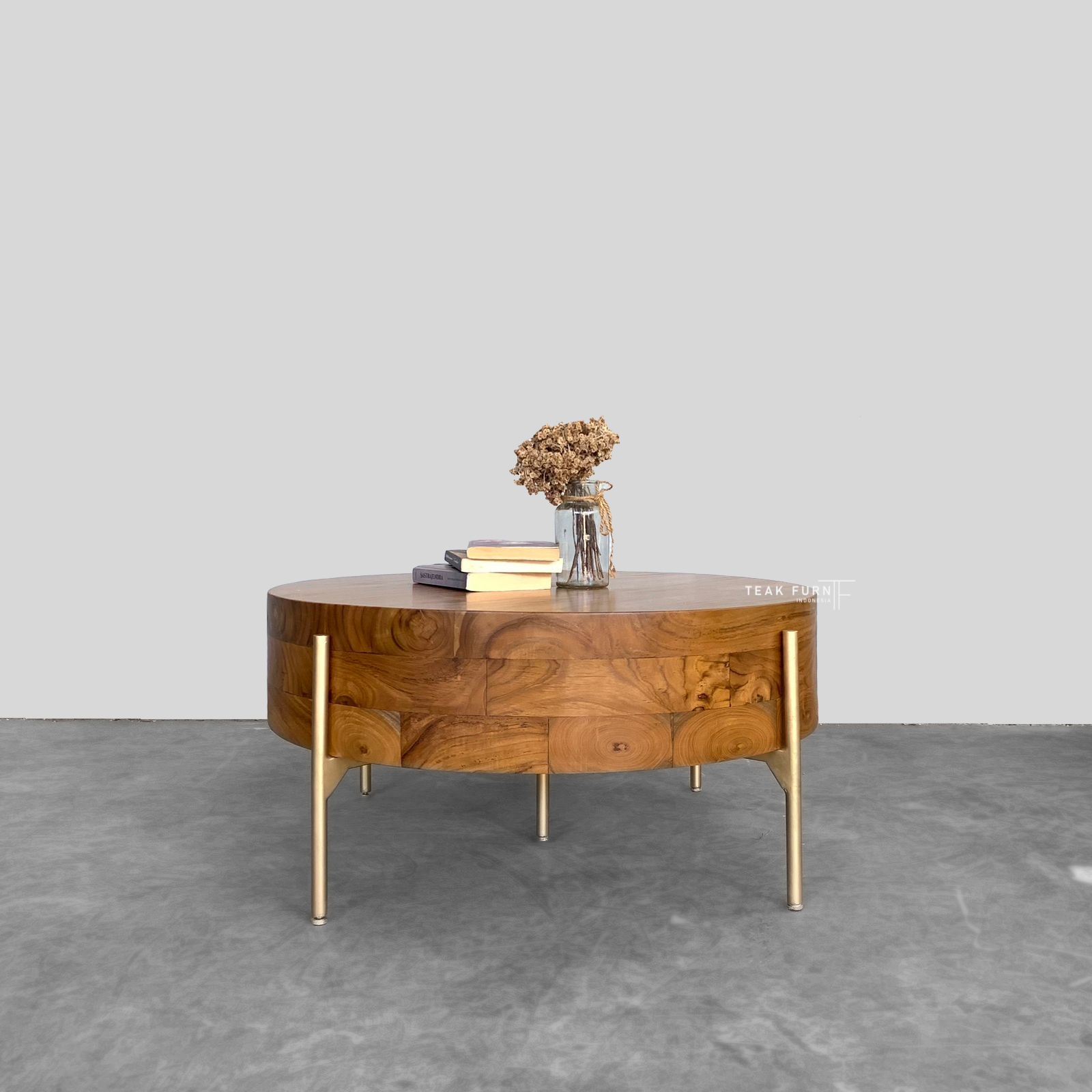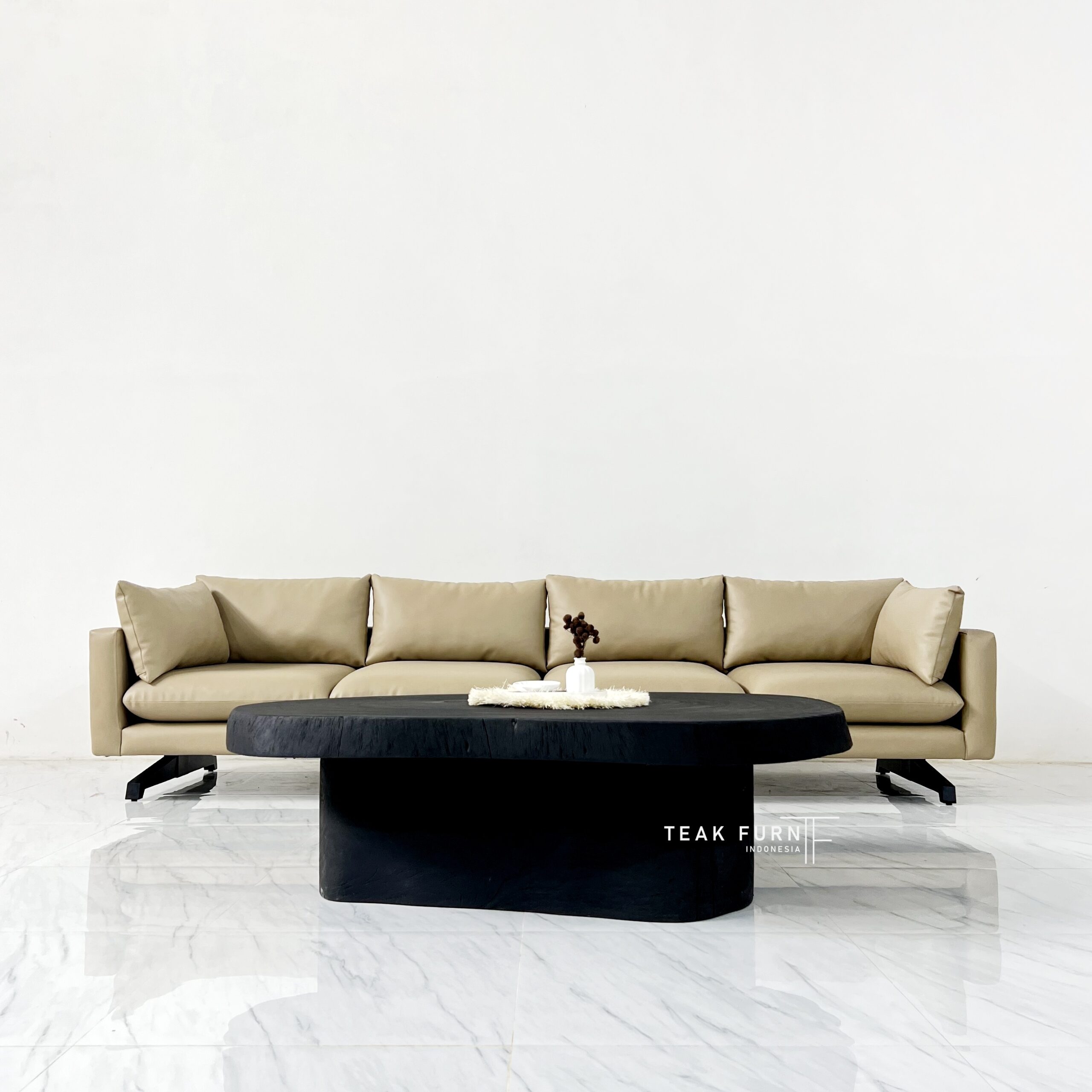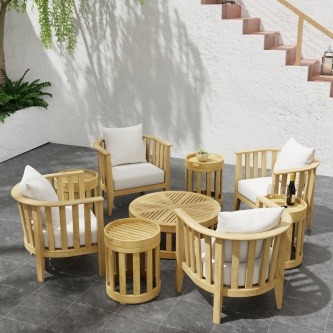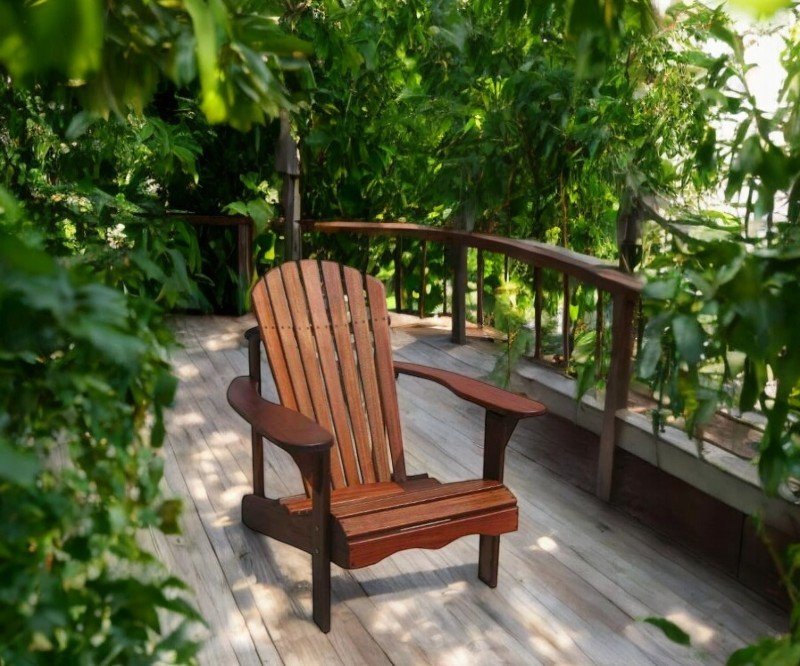Jepara is globally renowned for its exquisite wooden furniture, particularly pieces made from teak. The uniqueness of Jepara furniture lies in its ability to merge traditional craftsmanship with modern design principles. This blend of old and new has made Jepara furniture highly sought after, both locally and internationally. In this article, we will explore how Jepara harmoniously combines traditional and modern design elements to create timeless, functional, and aesthetically pleasing furniture.
1. The Strong Roots of Traditional Jepara Furniture

Jepara has a rich history in woodworking that dates back to the 15th century. Traditional Jepara furniture is known for its intricate wood carvings, often depicting nature-inspired motifs like flowers, leaves, and animals. These detailed carvings are not merely decorative; they carry deep cultural and spiritual meanings, making Jepara furniture a symbol of heritage and craftsmanship.
Teak wood, the primary material used in Jepara furniture, is revered for its durability and beautiful grain. The warm, golden tones of teak create a luxurious and timeless look, which makes it highly favored in traditional Indonesian homes. The intricate carvings and rich finishes characterize the furniture, making it ideal for classic or traditional interior styles.
2. Incorporating Modern Design Elements

As global design trends evolved, Jepara artisans embraced modern design principles, incorporating clean lines, minimalist aesthetics, and functional features into their furniture. These modern elements were skillfully integrated into traditional furniture designs, ensuring that Jepara furniture stayed relevant in today’s market.
Modern Jepara furniture typically features simpler shapes and fewer carvings than its traditional counterparts. The designs are often more streamlined, reflecting the global shift toward minimalist and functional interior design. However, despite these changes, Jepara furniture still maintains its signature elegance and high quality, with the timeless beauty of teak being a constant feature.
3. A Fusion of Natural and Modern Finishes

One of the key ways Jepara blends traditional and modern design is through its use of finishing techniques. Traditional Jepara furniture was typically finished with natural oils and waxes that enhance the wood’s natural beauty while preserving its texture. This technique results in a matte finish that highlights the rich grain of the teak.
In contrast, modern Jepara furniture often uses lacquer, varnish, or glossy finishes, giving the wood a sleek, polished appearance. These modern finishes offer a more contemporary look and can provide a high-gloss or matte finish, depending on the desired aesthetic. By combining traditional and modern finishing methods, Jepara furniture offers customers a range of looks, from rustic to modern elegance.
4. Functionality Meets Aesthetic Value

In recent years, the demand for multi-functional furniture has grown, especially in modern homes where space is limited. Jepara has responded to this need by incorporating practical design features into their furniture while retaining its aesthetic appeal.
For example, traditional teak tables and chairs are now available with modern updates such as built-in storage or extendable surfaces. Modern Jepara furniture often features sleek, simple lines with added functionality, making it perfect for urban living spaces. By combining beauty with practicality, Jepara furniture is able to meet the evolving needs of contemporary homeowners without compromising on quality or style.
5. Sustainability and Eco-Friendly Practices

Sustainability has become a significant focus in modern design, and Jepara has embraced this shift by implementing environmentally friendly practices. Traditionally, Jepara furniture was made from sustainably sourced teak, and this commitment to eco-friendly materials continues today.
Many Jepara artisans now use natural, non-toxic finishes and adhere to sustainable production methods, ensuring that their products have a minimal environmental impact. This focus on sustainability not only makes Jepara furniture more appealing to environmentally conscious consumers but also aligns with global trends toward ethical sourcing and eco-friendly production.
6. A Global Appeal: Combining Tradition with Innovation

Jepara’s ability to blend traditional and modern design has allowed it to appeal to a wide range of global markets. Traditional elements, such as intricate carvings and the use of teak, resonate with customers who appreciate heritage and craftsmanship, while modern designs make Jepara furniture suitable for contemporary interiors.
The fusion of traditional artistry with modern functionality allows Jepara furniture to fit seamlessly into various global design trends, from rustic farmhouse to sleek, modern minimalism. As a result, Jepara has become a key player in the international furniture market, exporting its high-quality products worldwide.
Conclusion
Jepara’s unique ability to combine traditional craftsmanship with modern design principles has made its furniture highly sought after both in Indonesia and around the world. By blending intricate wood carvings and the use of high-quality teak with minimalist, functional designs, Jepara creates timeless pieces that meet the demands of contemporary living. Additionally, Jepara’s commitment to sustainability and eco-friendly practices ensures that its furniture remains relevant in an increasingly environmentally conscious world. Whether you are looking for furniture with a rich cultural heritage or modern functionality, Jepara offers something for everyone.



